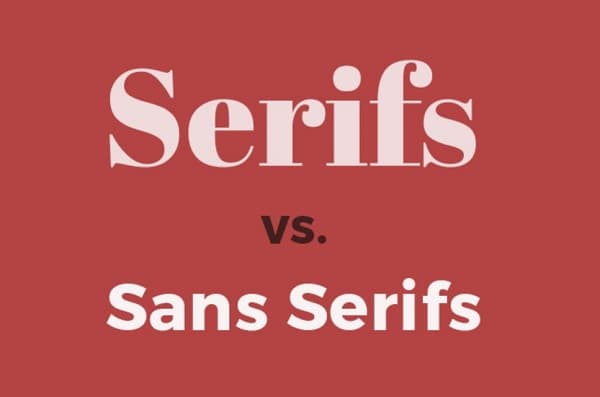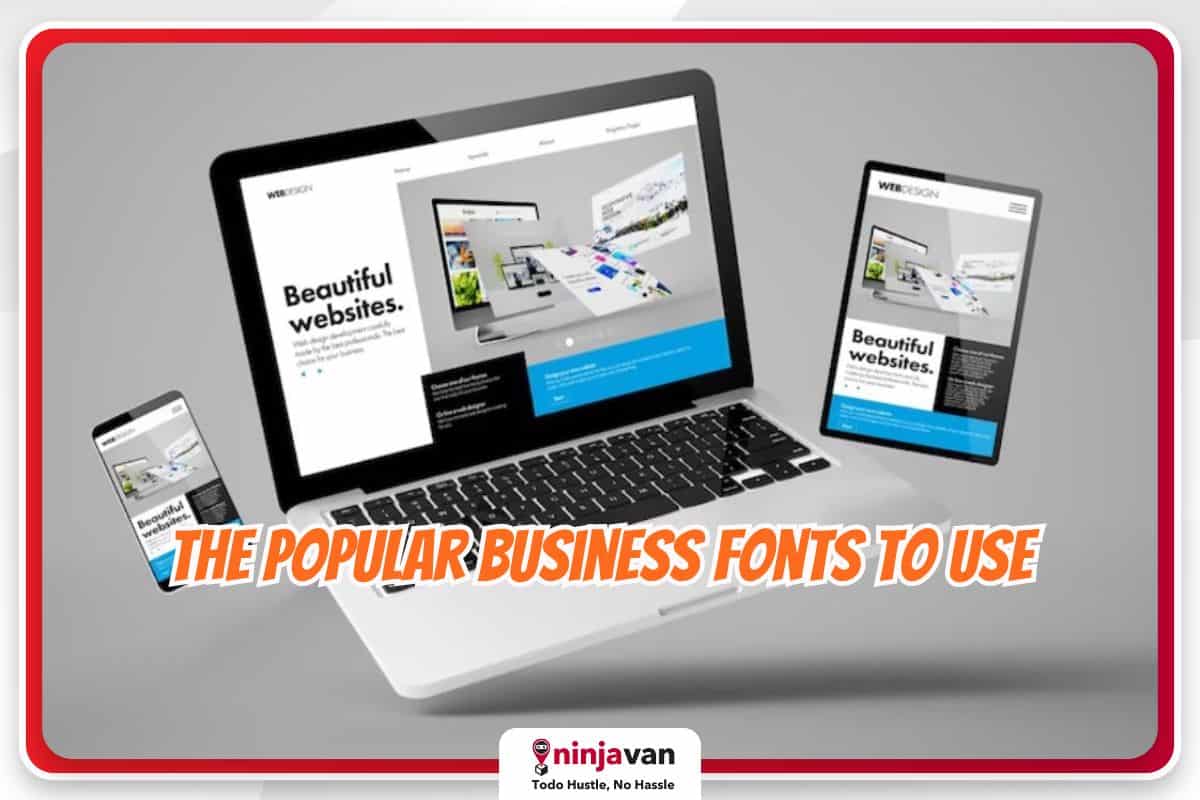Have you ever experienced being turned off by a business or brand because of the ugly fonts they use for their website, logo or other visuals? Parang they couldn’t be trusted to give you quality service, right?
As a business owner yourself, remember that using the right fonts for business is important to convey professionalism and your brand’s personality. Some more key reasons to use professional fonts include:
- Projecting professionalism and credibility. Professional fonts tend to be clean, clear, and easy to read. This communicates to potential customers and clients that your business is reliable and takes itself seriously. It also shows you invest in quality and attention to detail.
- Enhancing your brand identity. The font you choose becomes part of your visual identity, just like your logo and color scheme. Choosing a font that reflects your brand personality helps create a cohesive image and reinforces your brand message. For instance, a playful font might be appropriate for a toy store, but a logistics company would likely want something more serious and traditional.
- Improving readability. Professional fonts are designed for clarity. This ensures your audience can easily read and understand your message, whether it’s on a website, social media or printed flyers. If your font is difficult to read, it can frustrate potential customers and make them less likely to engage with your business.
Also read: What Your Brand Colors Say About Your Business
What is a font?
Before moving on, you may be thinking: What do you mean by font?
Fonts are essentially the different styles of lettering you see on websites and printed materials. They define the visual appearance of the text, including things like typeface style or design, size and slant.
Fonts play a crucial role in visual communication, influencing the perception and tone of the written content.

What are the 4 main types of font?
- Serif. These fonts have small decorative lines, called serifs, at the ends of the letters. They tend to evoke a sense of tradition, formality, and elegance. Examples of serif fonts include Times New Roman, Garamond, and Cambria.
- Sans Serif. In contrast to serifs, this lacks the decorative strokes at the letter ends giving a clean, modern and minimalist look. Popular sans serif fonts include Helvetica, Arial, and Calibri.
- Script. These fonts resemble handwriting or cursive writing. They can be elegant and decorative, but readability can sometimes be lower.
- Decorative. They’re all about grabbing attention with unique and creative designs. They can be very diverse, incorporating all sorts of flourishes, illustrations and other elements. Decorative fonts are ideal for logos, headlines or short bursts of text that need to make a big impact.
In business, the two main professional fonts to consider are serif and sans serif.

10 popular business fonts to use
Here are some popular choices for business fonts that you can use. Don’t forget to consider your industry and brand personality when choosing the one.
Also remember that once you choose your business font, you can’t simply change it because you changed your mind or you realized it was the wrong choice. Your font will be part of your branding and will stay with you for a long time, until you decide to have a brand refresh or total rebrand.
Serif fonts
- Garamond. Classic and elegant, with a timeless feel. Good for presentations and websites.
- Cambria. A serif font included with Microsoft Word, offering good readability.
- Georgia. Combines traditional and modern elements, making it suitable for various business contexts.
- Times New Roman: A traditional and formal serif font, but can be considered a bit overused.
Sans serif fonts
- Calibri. A modern font commonly used in business documents for its clean and clear appearance.
- Arial. Another clean and widely available font, good for general use.
- Helvetica. A popular choice for logos and headlines, known for its neutrality and versatility.
- Futura. A geometric sans serif font with a modern and sophisticated feel.
- Verdana. Clear and easy to read, making it suitable for digital and print materials.
- Lato. With a friendly and professional appearance. Suitable for websites, presentations, and other business materials
Give your brand an impressive look with the right font
Your business font choice will act as a silent communicator, shaping how people perceive your brand and influencing their reception of your message. Other factors to consider when choosing business fonts are readability and whether you intend to use them more for print or digital.
By taking the time to choose the right font, you can create a more professional, memorable and impactful brand identity.
More helpful tips for better business branding:
How to Win Customers through Emotional Branding
Designing Your Brand for Social Media
Your Ultimate Guide to Building Your Digital Brand






